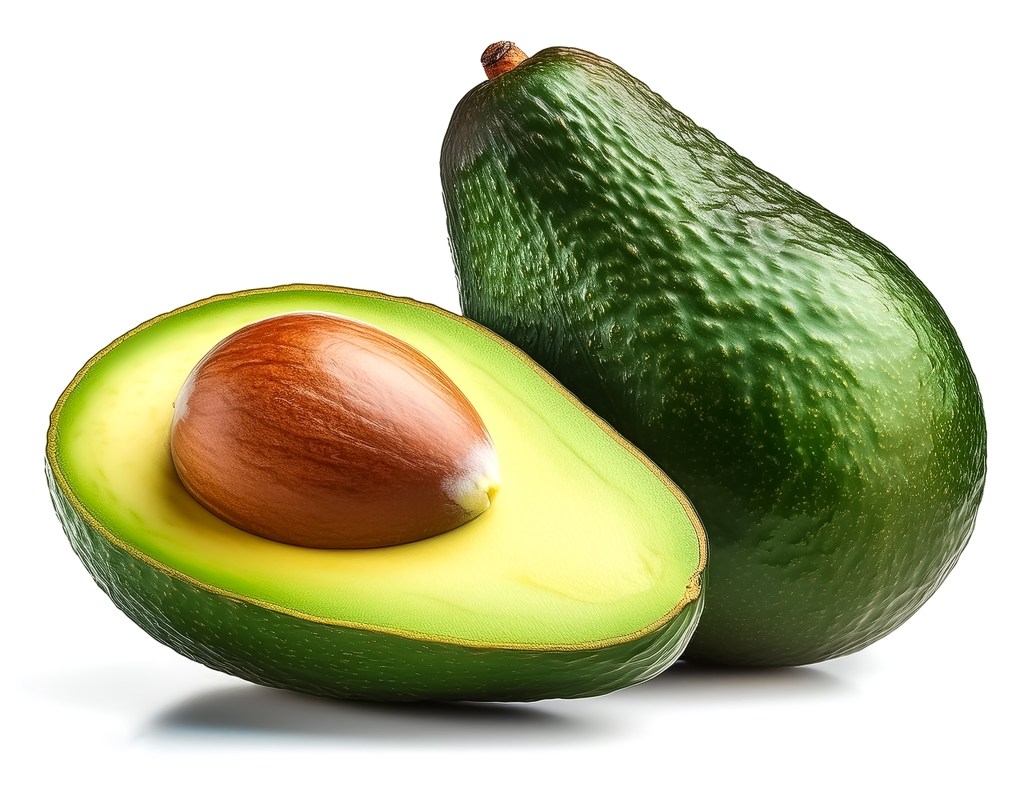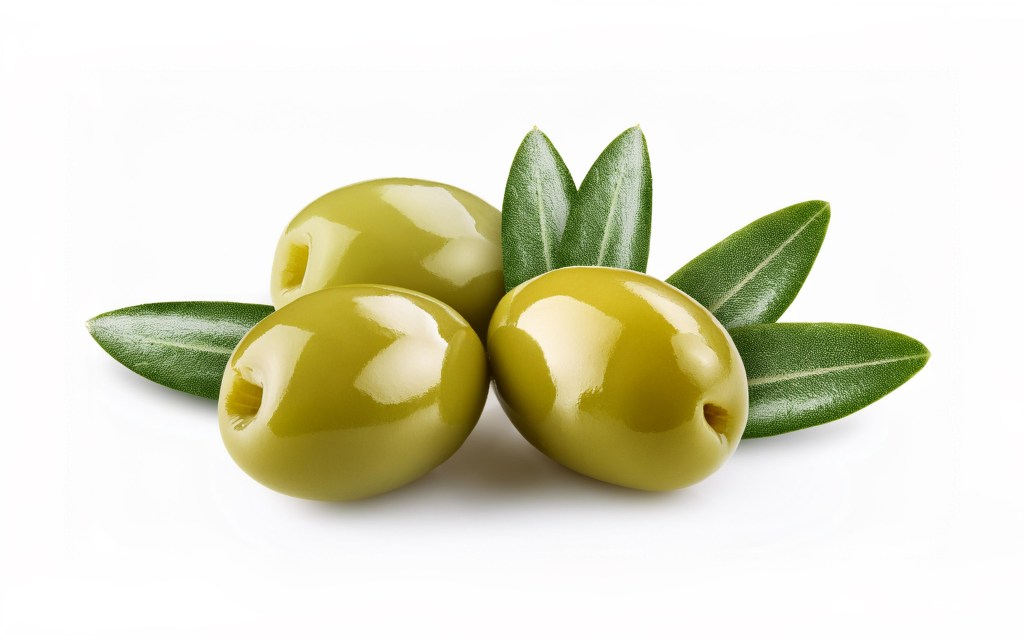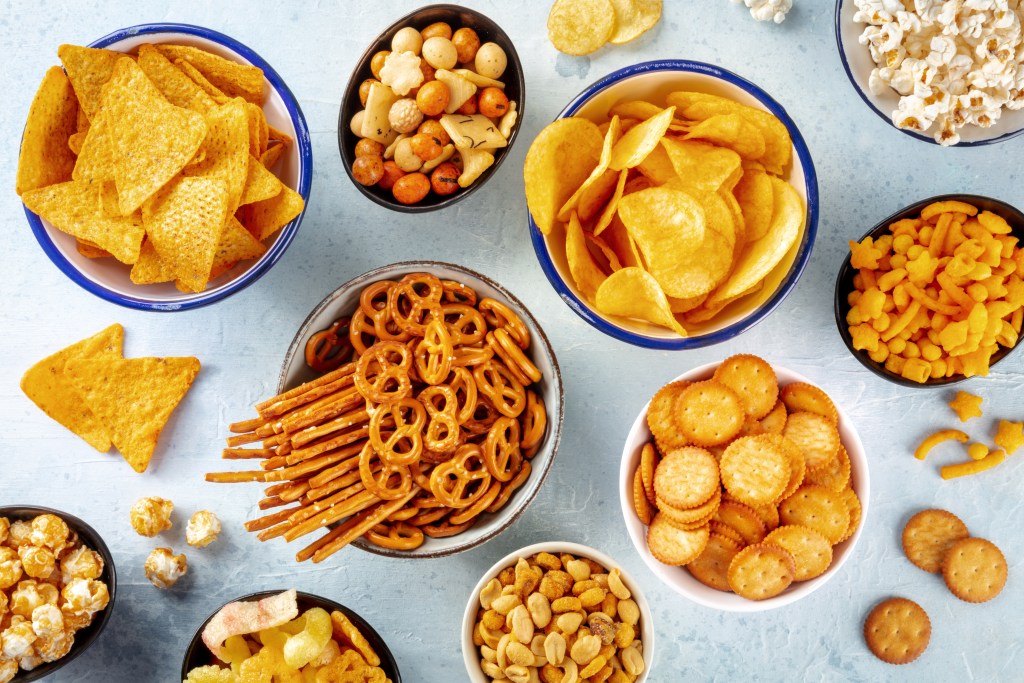At a glance
Intermittent fasting supports fat-burning and overall metabolic health, and maintaining a nutrient-rich diet during eating windows can make fasting periods more comfortable. While intermittent fasting snacks will break a fast, certain beverages can help curb hunger and sustain hydration with minimal effect on ketosis.
Intermittent fasting has been found to promote steady blood sugar and insulin levels, which helps reduce the risk of metabolic conditions such as diabetes, obesity, and cardiovascular disease.
However, snacking during a fast, particularly on carb- or protein-rich foods, can derail these remarkable benefits by disrupting ketosis and interfering with fat-burning processes.
Discover suitable intermittent fasting snacks and learn how to curb cravings to extend fasting periods and maximize the health advantages of caloric restriction.
What is intermittent fasting?
Intermittent fasting involves alternating between time-restricted eating windows and periods of fasting to push the body into ketosis, the metabolic state of fat-burning.
The 16:8 method focuses on fasting for 16 hours, followed by an eight-hour eating window. It’s one of the most popular fasting patterns due to its simplicity and long-term sustainability.
However, there are many other fasting patterns, including alternate-day fasting and the 5:2 method.
Alternate-day fasting is characterized by fasting every other day, while 5:2 fasting involves eating normally five days a week and restricting calories during two non-consecutive days.
Intermittent fasting has been linked to several profound health benefits, including weight loss, enhanced energy and cognition, improved glycemic control, and better management of metabolic conditions.
A study published in Nutrients concluded, “…intermittent fasting has a wide range of benefits for many diseases, including obesity, type 2 diabetes, and hypertension, and in improving cardiovascular risk factors…”1
Watch the video below to learn more about acceptable snacks during intermittent fasting.
Can you have snacks while fasting?
Consuming carbs and protein, even in small amounts, triggers blood sugar fluctuation and the release of insulin, a glucose-regulating hormone that directly counteracts fat-burning.
This explains why snacking, especially on foods containing carbs or protein, can break your fast and hinder the metabolic benefits of fasting, such as fat-burning, improved insulin sensitivity, and ketosis.
In addition, frequent blood sugar fluctuation can contribute to insulin resistance, a serious metabolic condition characterized by the cells’ inability to absorb glucose effectively.
Insulin resistance is also characterized by frequent hunger, as well as sugar and carbohydrate cravings, which make achieving extended fasting periods more challenging.
Although snacking isn’t recommended during intermittent fasting, snack foods can be consumed before, during, or after a meal as an appetizer or dessert.
Eating snacks with a meal, especially those high in fats and fiber, can help meet caloric needs during eating periods and increase satiety, which helps reduce cravings and hunger during fasting intervals.
Fasting snacks should be sugar- and carb-free and high in healthy fats, as fat doesn’t raise blood sugar and insulin levels and, therefore, won’t interfere with ketosis.
Non-starchy vegetables, such as leafy greens or a salad dressed with olive oil, are also good choices as they’re low in carbs and high in fiber, helping you feel full without disrupting ketosis.
A study published in the Journal of Functional Foods found that high-fiber foods significantly improved glycemic control and insulin sensitivity in those with type 2 diabetes.2

9 healthy snacks to keep on hand
Those just starting a nutritious low-carb diet such as Healthy Keto® in combination with an intermittent fasting plan may be tempted to reach for unhealthy snacks such as chips, pretzels, and popcorn.
Here are nine healthy snacks to keep you in ketosis and help curb hunger and cravings.
1. Boiled eggs
Boiled eggs are packed with essential nutrients and healthy fats to promote satiety when added to a meal.
Add boiled eggs to a salad as an appetizer, pair them with creamy avocado slices for a nutrient-packed snack, or serve them alongside a juicy steak for a hearty meal that keeps you full and energized during your fasting period.
2. Celery and nut butter
Celery and nut butters, such as peanut and almond butter, are rich sources of fiber and healthy fats that promote satiety and support steady blood sugar levels without spiking insulin levels or disrupting ketosis.
3. Fat bombs
Fat bombs are popular healthy dessert alternatives among low-carb and keto dieters. They’re often enjoyed after a meal to promote longer fasting periods.
These Keto Brownie Bombs, Chocolate Cheesecake Fat Bombs, and Coconut Pecan Fudge Bombs are excellent options to satisfy a sweet tooth while maintaining fat-burning.
Fat bombs can also be prepared with cream cheese, shredded cheese, bacon, chives, and other savory ingredients, such as these Bacon and Egg Fat Bombs.

4. Avocados
Avocados are excellent sources of healthy unsaturated fatty acids, fiber, vitamins, and various minerals such as potassium and magnesium, all of which promote overall health and enhance the benefits of fasting.
Pair avocados with eggs and meat, or use them to make Creamy Keto Guacamole and other dips, such as Avocado Ranch Dip.
Avocados can also be made into appetizers or desserts, such as Keto Tuna Stuffed Avocado, Keto Avocado Bacon Egg Salad, or Creamy Vegan Chocolate Avocado Pudding.
5. Jerky
Jerky offers a convenient, wholesome alternative to ultra-processed snacks. Opt for high-quality varieties like grass-fed beef, bison, or venison jerky for a nutrient-dense option that satisfies hunger without harmful additives.
Additionally, watch out for ingredients such as sugar, maltodextrin, or artificial colors and flavors often added to jerky, which can significantly impact blood sugar and insulin levels.
To minimize the body’s insulin response, it’s best to pair high-protein snacks such as jerky with a meal rather than consuming them on their own. This helps prevent blood sugar spikes and supports steady energy levels.
6. Full-fat cheese
High-fat cheeses, such as cheddar, gouda, and goat’s cheese, are low in carbohydrates and milk sugars, making them suitable for intermittent fasting regimens.
Adding more cheese to your meals or making a charcuterie board appetizer helps promote satiety and increases your intake of health-supporting fat-soluble vitamins, including vitamins A, D, E, and K.
Other dairy products, such as full-fat Greek yogurt and cream cheese, can be combined with berries, bell peppers, broccoli, cherry tomatoes, asparagus, or green beans for a filling intermittent fasting snack.

7. Olives
Olives offer plenty of heart-healthy monounsaturated fats and potent antioxidants to promote satiety and help reduce oxidative stress and inflammation.
Combine olives with feta cheese and salad greens for a high-fat and fiber-rich snack. You can also enjoy them with Keto Almond Flour Crackers and salami for a mouthwatering appetizer.
8. Sugar-free dark chocolate
Sugar-free dark chocolate is an excellent choice to satisfy a sweet tooth and boost essential antioxidants and minerals, including copper, iron, magnesium, and manganese.
If you find unsweetened dark chocolate too bitter, look for products with fasting-friendly sugar substitutes, such as stevia or monk fruit, that offer sweetness without affecting glucose and insulin levels.
9. Bulletproof coffee
Bulletproof coffee, which involves adding grass-fed butter or medium-chain triglycerides (MCT) oil to black coffee, can help you burn fat and boost satiety while fasting.
You can also enjoy other beverages that contain very few calories, such as tea sweetened with keto-friendly sugar alternatives, lemon water, or water enriched with a sugar-free electrolyte powder.

How to stop snacking between meals
Whether you snack out of stress or habit, overeating can make it more challenging to lose weight and increase the risk of metabolic conditions.
Here are five tips to stop snacking between meals.
1. Eliminate excess carbohydrates
Refined carbohydrates, ultra-processed foods, and added sugars quickly kick you out of ketosis and make it more challenging to achieve your health goals with intermittent fasting.
“A high carbohydrate diet triggers persistent blood glucose fluctuations, which contribute to hunger and cravings about 1.5 hours after eating,” explains Dr. Berg. “Limiting carbs to no more than 50 grams daily promotes better glycemic control, which reduces insulin secretion and the need for snacks.”
2. Make junk foods inaccessible
Steer clear of purchasing your favorite junk foods, which are often more convenient than healthier options.
Keeping cookies, cakes, chips, and other ultra-processed foods out of reach makes intermittent fasting easier and helps eliminate temptation.

3. Engage in activities
Many people eat out of boredom or stress, which explains why it’s vital to find enjoyable activities and hobbies that engage your mind and body to prevent mindless snacking.
Regular exercise, walking in nature, and utilizing calming breathing techniques can help you manage chronic stress and prevent overeating.
4. Follow a nutrient-dense diet
A nutritious and healthy diet, packed with whole foods, high-quality proteins, and beneficial fats, supports critical physiological functions, helps enhance mood, and stabilizes blood sugar levels, all of which make fasting more manageable.
When combined with intermittent fasting, low-carb diets, such as Healthy Keto, can maximize the health benefits of ketosis, significantly reduce cravings, and improve fat-burning efficiency.
5. Eat when you’re hungry
Eating when you’re not hungry reduces your awareness of hunger cues, leading to mindless eating and making it harder to recognize true hunger.
Mindless snacking is the biggest weight-loss mistake and can lead to unwanted weight gain and chronically elevated glucose levels, which perpetuate the cycle of snacking.
Key takeaways
- Intermittent fasting is an eating pattern that alternates between fasting periods and designated eating windows to support fat-burning and metabolic balance.
- Intermittent fasting has been linked to various health benefits, including improved glycemic control, normal insulin sensitivity, and enhanced cardiovascular health markers.
- Reducing refined carbs and avoiding ultra-processed foods helps maintain more stable blood sugar levels and minimizes cravings during fasting intervals.
- Beverages such as lemon water, unsweetened tea, sugar-free electrolyte drinks, and bulletproof coffee may help curb hunger and maintain hydration with minimal impact on ketosis.
- While intermittent fasting snacks will break a fast, consuming nutritious and satiating treats such as eggs, avocados, fat bombs, or olives before or after a fasting window can promote fullness and make longer fasting periods easier to maintain.
FAQ
1. When can you have intermittent fasting snacks?
The best time to have an intermittent fasting snack is before or after a meal. This helps prevent insulin spikes during the fasting window and ensures that your body remains in fat-burning mode.
2. What snacks can I eat when intermittent fasting?
Choosing a high-fat or high-fiber snack is ideal when intermittent fasting, as these types of snacks won’t spike your insulin or break your fast.
Opt for snacks such as avocado, olives, nuts, or non-starchy vegetables with guacamole or olive oil. These options provide satiety, support ketosis, and help manage hunger without disrupting your fasting goals.
3. What food doesn’t break a fast?
Anything that contains significant calories, including certain supplements, protein powders, and even bone broth, can trigger insulin release and break your fast.
However, beverages such as water, unsweetened tea, and black coffee, especially when combined with pure fats like grass-fed butter or medium-chain triglycerides (MCT) oil, are fasting-friendly.
4. Can I eat popcorn while intermittent fasting?
No, popcorn isn’t recommended during intermittent fasting. While air-popped popcorn is low in calories, it’s high in carbohydrates, which can trigger insulin release and break your fast.
5. Are keto snacks healthy?
Yes, some keto snacks, such as avocados, boiled eggs, and jerky, are healthy. However, many keto-friendly pre-packaged and processed foods often contain artificial ingredients, seed oils, and other harmful additives that can interfere with fat-burning.
6. How can I quit snacking?
To quit snacking, focus on meals that include plenty of healthy fats and fiber, which will help keep you full and satisfied until your next meal.
Additionally, incorporating fat bombs or other fasting-friendly snacks at the end of a meal can curb cravings and promote longer-lasting fullness.
Sources
- https://pmc.ncbi.nlm.nih.gov/articles/PMC8839325/ ?
- https://www.sciencedirect.com/science/article/pii/S1756464621001493 ?


















